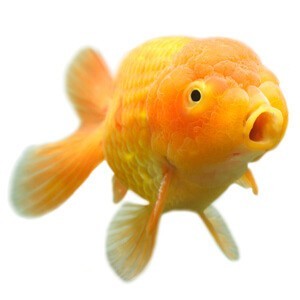


Sorry, just rereading my post, at the beginning I meant to say the first maracyn treatment ready didn’t do much, not really did much. Cotton fin fungus should be treated by a veterinarian diagnosis and can be treated in a whole tank or injections. What is people’s thoughts? Very much appreciate any input, I really want to get him healthy again. I was planning to keep him at this level of salt for a week before slowly lowering it down, but this sitting on the bottom is concerning. Fish, like people, need a well-rounded diet to be healthy enough to fight off diseases. Nutrient deficiencies can be another reason why fish get fungus. So today he is sitting on the bottom occasionally, still swimming around a fair be, but close to the bottom. Doing regular partial water changes and adding live plants (especially floating plants) to a fish tank helps to remove toxic waste compounds before they affect your betta’s health.
#GOLDFISH FUNGUS SALT TREATMENT FULL#
So yesterday I went to full strength salt, was worried about this, as it seems like a lot of salt (1 tablespoon per gallon), as I’m hoping this might just get the problem sorted once and for all. I decided at this point to go the the next salt level (2 tablespoons per 3 gallons), did this for a week, no real big change, but I think they were very slightly less cloudy and maybe even a little less swollen. For then next week I did a 50% water change everyday, and redosed the salt that had been removed from said water change. Straight away did a 50% water change and started on the lowest level salt treatment (1 tablespoon for 3 gallon), within 24 hours, eye was back to how it was before the nitrite spike. Prolonged low water temperatures may make fish prone to fungus attacks as it often occurs in early spring, late autumn and winter. I tested the water and there had been a very slight nitrite spike, I’d obviously changed to much in the tank and with the big water change, lost my cycle. Next day, one of his eyes was much more cloudy (could hardly see the black part). So I did a big water change and changed a few things around in the tank as he was going to be in there for longer than I had initially thought. I decided at this point that as long as it didn’t get any worse I would just keep the water as clean as possible, keep him in quarantine over the winter and hopefully he’ll be good to go back outside in the spring. I then did a 2nd full course of maracyn and a 2 full course of ich x, together this time. I then put a 1 dose of maracyn and 1 dose of ich x together. I started by doing a course of maracyn, I think this really did much. He is fairly small, and I have him in a 40gallon. This amount is very conservative, aimed more as a prophylactic dose rather than one that will cure anything.įor most Goldfish treatments, a starting dose is one tablespoon per gallon, a 0.3% salinity.So a while ago I noticed one of my pond goldfish had cloudy eye, (I have also since notice they are a little swollen), so I brought him inside to quarantine and treat. Note: The dosage given on the side of the container is one tablespoon per 5 gallons. Goldfish are able to take high levels of salt in their water, especially if it is added gradually.

The most common form sold in aquarium shops is in solution. It comes in crystal/powder or in solution. Fungal and Antibacterial Medications Methylene Blue Methylene Blue is a dye. However, if one tablespoon doesn’t work, increase the dosage to three tablespoons per gallon. This will usually eradicate costia from the water and from your fish. Add one tablespoon of aquarium salt per gallon of water every twelve hours for three applications. Very common treatments include Malachite Green, Jungle fungus Eliminator(US) or Anti-Fungus-Remedy(UK). For most Goldfish treatments, a starting dose is one tablespoon per gallon, a 0.3 salinity. Costia is relatively easy to treat by adding salt to your tank water. Salt baths can be effective in treating fungal infections in goldfish. One tablespoon per gallon of water can be used when doing salt baths. If your goldfish has fungus, it is important to isolate the affected fish from the rest of the tank to prevent the spread of the infection to other fish. Treating the sick fish in a separate hospital tank is preferable. Used alongside specialist treatments it promotes and speeds up recovery. Treatment can be relatively easy if done with antifungal agents or salt baths. It can be used to start treatment for any disease, even before a full diagnosis has been made. Aquarium Salt is a cheap must have for any aquarist.


 0 kommentar(er)
0 kommentar(er)
